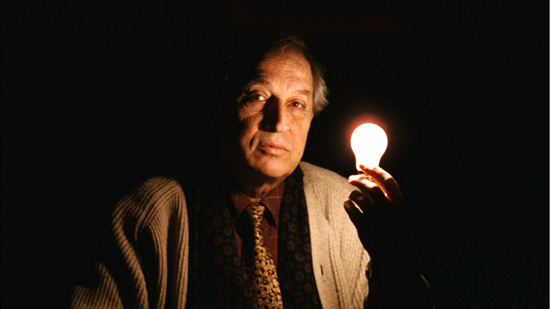
The cinematographer, or director of photography, is one of the three main collaborators of a director; it is the head of a whole department, and his or her work is sometimes hard to tell apart from the director. Thus, it’s hard to define what a cinematographer does and what they don’t do, since there are as many schemes of work as there are crews.
Some cinematographers just take charge of the lighting scheme while the director takes control of the framing (Hitchcock’s cinematographers, for example), and other cinematographers take complete control of the framing while the director only concentrates on the mise-en-scene (some of the works of Emmanuel Lubezki) and the actors.
Thus, it becomes a very particular problem to determine the work of a cinematographer in each film. This list is about the cinematographers who have more deeply influenced film form, therefore we not only have the problem of determining what exactly the cinematographers have done, but also how precisely are they influential.
It is hard to define influence and it is even harder to measure it. Some could say that it has a lot to do with the commercial success of a popular film. Films and people that became universally known indeed shaped future films and the work of other filmmakers. But there are many films and many filmmakers who even though they are known, are appreciated just by a few people.
Sometimes influencing in just a few people is enough for a film or a filmmaker to echo into eternity. One can think of filmmakers such as Yasujirō Ozu whose work has never been known by a vast majority and probably will never be, but it has shaped the works of other filmmakers who have become extremely popular.
With these problems in mind, our takeaway with this list is going to be trying to keep a wide and varied range of cinematographers (as much as the number lets us). We are not going to address only Hollywood cinematographers, but we are going to talk about some of them since they shape the biggest income of films all over the world.
We will also try to talk about cinematographers who have worked in different production schemes. These films on which these cinematographers worked may not be extremely popular, but their influence on some of the greatest minds in the filmmaking industry has indirectly shaped film form. With nothing more to add, here is a list of some of the most influential cinematographers in the history of film.
10. Janusz Kaminski
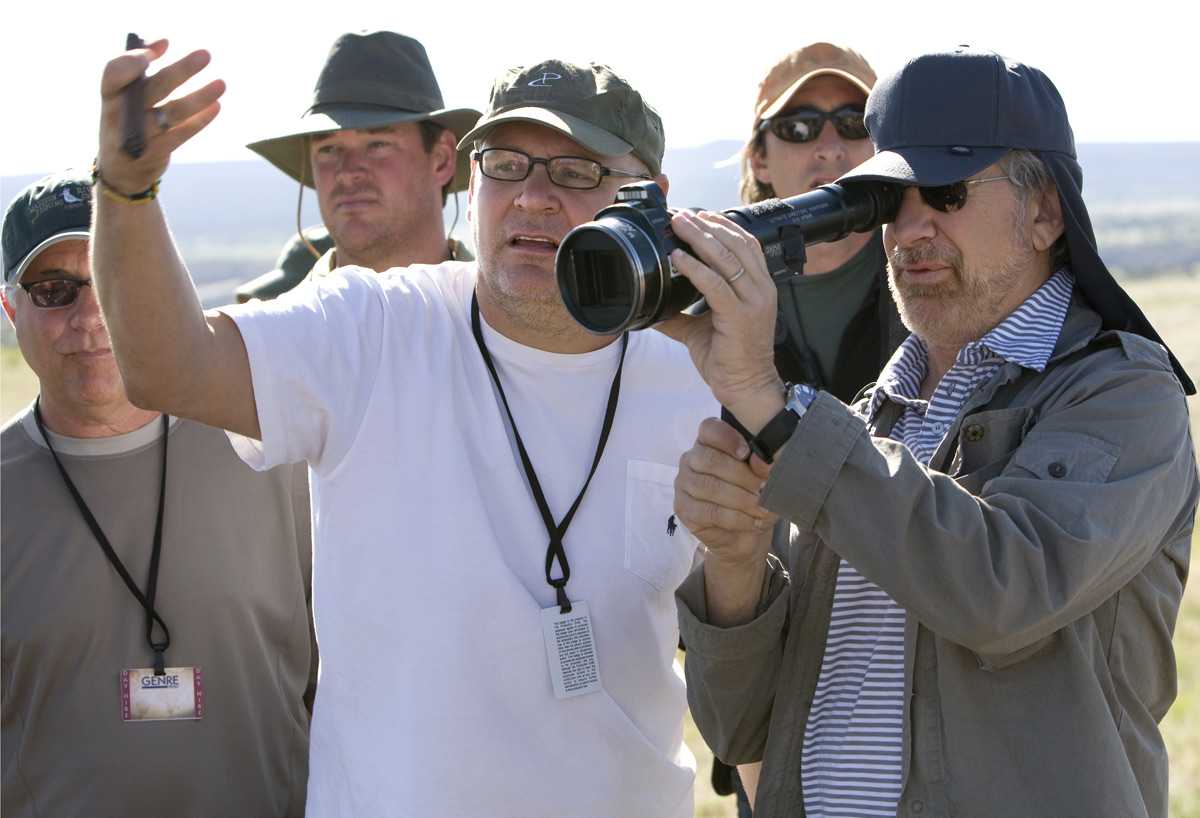
Polish cinematographer Janusz Kaminski has been in almost all of Steven Spielberg films since what probably is the masterpiece of both: “Schindler’s List,” shot in 1993. The career of Kaminski is deeply related to Spielberg’s and thus he has become the paradigmatic director of photography of blockbuster films.
This means that Kaminski’s work is characterized for almost unlimited budgets to create almost perfect schemes of lighting. He also shot “Saving Private Ryan” in 1998, for which he received the Oscar for the highest achievement in cinematography.
Being the cinematographer of some to the most expensive and successful films in the industry implies that Kaminski is the obligated reference on professional cinematography. The equipment he uses becomes the standard for the best equipment on the market. His techniques are studied in film schools by filmmakers who aspire get a job into industrial filmmaking, and that is why Kaminski is so influential.
9. Gabriel Figueroa
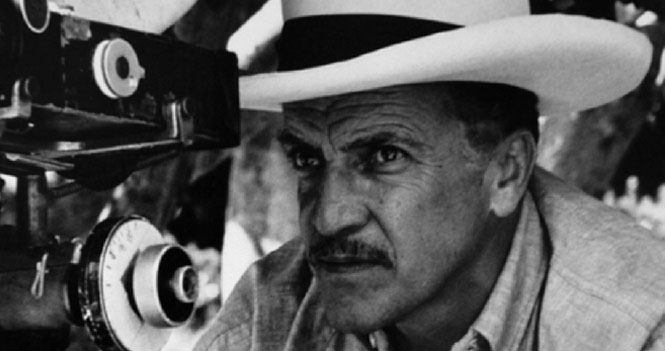
When the Hollywood industry became weak for some years due to the war, the demand of films it created left a hole that needed to be filled. This opportunity let the Golden Age of Cinema in Mexico to exist. This moment of Mexican cinema is remembered for being the only moment in which an effective industry of films existed in the country, and the films made in this period were internationally successful.
Between the great stars like Pedro Infante and Maria Felix, and the great directors Ismael Rodriguez and El Indio Fernandez, there was a cinematographer whose work became paradigmatic: Gabriel Figueroa.
Figueroa became the most recognized cinematographer in Mexico during the Golden Age of Mexican Cinema. His mastery was so great that directors like Luis Buñuel, John Huston and John Ford wanted to work with him. He not only shaped the way in which Mexican stars where photographed, but also the way in which landscapes were shot and thus perceived by world.
8. Jonas Mekas
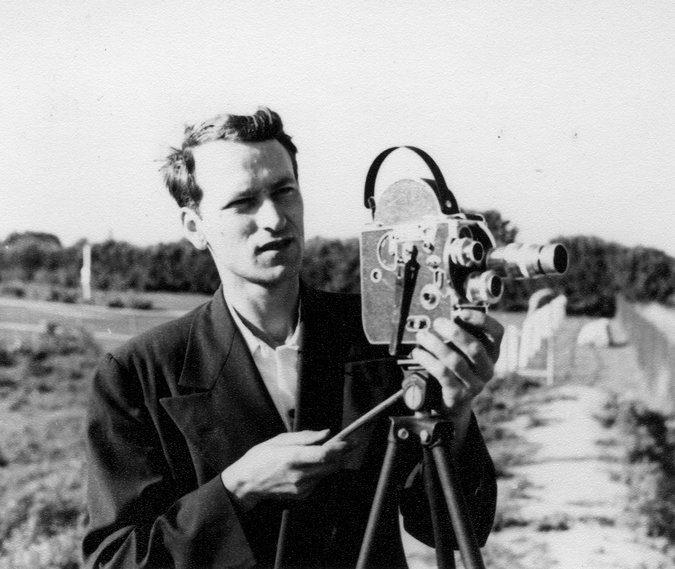
This Lithuanian filmmaker, poet, editor and writer is also the cinematographer of almost all his films. Jonas Mekas is one of the greatest exponents of experimental cinema and thus his work is extremely different from the other cinematographers in this list. Mekas is not the head of any department, nor does he collaborate with any director because he produces his films on a very particular scheme.
Mekas works alone, drawing away from the narrative itself. He shoots excerpts of his life with an old film camera and edits in his own house. In his films, there are no lighting schemes or fictional worlds, only the perspective of Mekas on his life.
This way of filming implies a new conception of what cinematography can be, an art that can be done without any budget, crew or equipment, thus the fundamental aspects of cinematography are what matters. The style of Mekas is one that has influenced the way in which homemade films are shot, and these are the kinds of films that cannot be ignored.
7. Harold Rosson
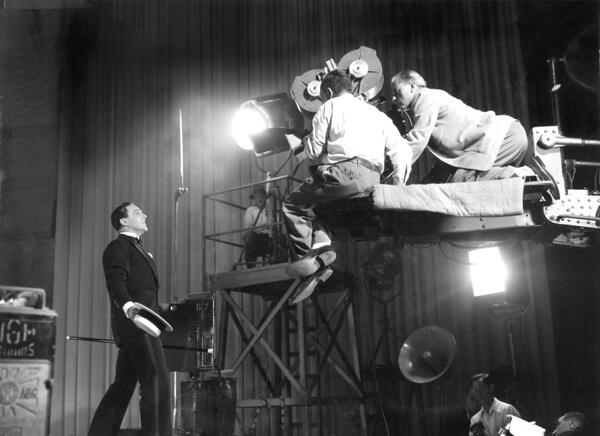
The transition between black-and-white cinematography to color cinematography was one the most influential moments in filmmaking. Technicolor was invented early in film history, but it was executed with mastery only in 1939 with “The Wizard of Oz.”
The cinematographer who perfected the technique (along with the engineers who perfected the technology) of color was Harold Rosson. He was the one in charge of shooting the great commercial projects that made color filmmaking a mainstream technique.
Along with Howard Greene, Rosson received an honorary Oscar for his influence on the black-and-white to color transition. His career consists of almost 150 credits on Hollywood’s greatest commercial projects. Rosson, who also shot “Singing in the Rain” (1952), was extremely important in this transition since the way in which he shot color was very distinctive. The technique of color was for many years related to fantasy for the saturated and artificial technique of Rosson.
6. Gianni di Venanzo
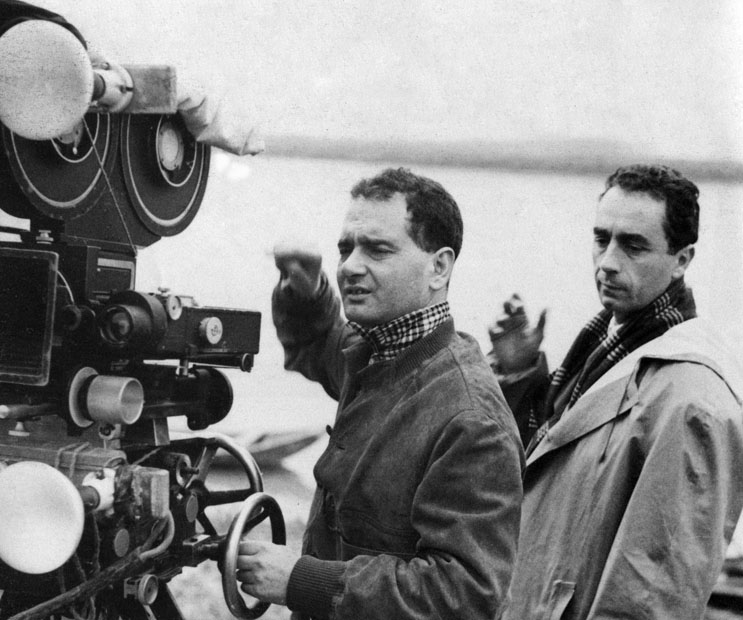
In the 1960s, Italian filmmakers Antonioni and Fellini were characteristic for working with a specific crew during these years. People like Marcello Mastroianni and Ennio Flaviano were in several of the projects that shaped the style of Italian cinema in this decade. A great name that was in charge of the cinematography of many of these projects was Gianni di Venanzo. He shot “La Notte” in 1961, “L’eclisse” in 1962, and “8½” in 1963.
The visual style of Antonioni and Fellini (which in each case has many different characteristics) is extremely important, since the films they made in the cities became an obligated reference for years to come. Whether it’s the white schemes in “8½” or the intricate frames of “La Notte,” di Venanzo’s eye was a primordial aspects of these films that managed to expand film language and that expressed a specific period of the world and film, after neorealism and the postwar period.